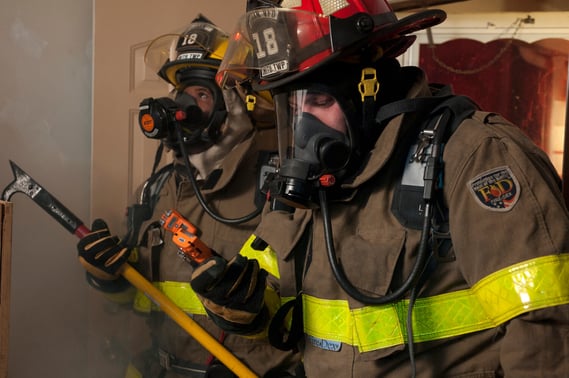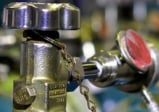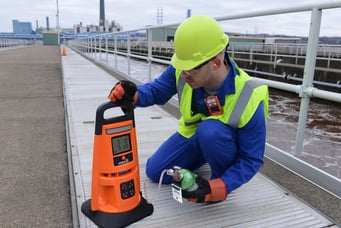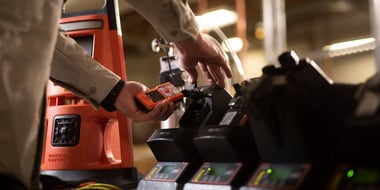As information on the hidden dangers of fire smoke proliferates, a growing number of firefighters are realizing that gas monitors are a vital part of their turnout gear. Atmospheric testing at fire scenes has shown toxic fumes at every stage of the fire, and without a portable gas detector, there is no sure way to determine whether the air in the cold zone is actually safe to breathe.
Acquiring the right gas detectors for your fire station is a double-edged sword, however. On the one hand, it’s an invaluable tool for atmospheric monitoring, but it’s also one more piece of equipment that needs regular maintenance. This leads to one of two unfortunate scenarios: to avoid the maintenance hassle, a department will neglect gas monitoring altogether, or it will make the purchase but fail to maintain the equipment. The latter choice can be catastrophic, resulting in a failed sensor that always reads zero, regardless of how much toxic gas is in the air.
The good news is that owning a gas monitor doesn’t have to be a high-maintenance relationship. There are systems currently on the market that offer simple, automated maintenance; so, when you’re looking to add gas monitoring capability, it’s important to look beyond price and warranty. You need more than a gas monitor, you need a system that offers simple and worry-free maintenance.
At Industrial Scientific, we’ve solved this gas detector maintenance problem with our DSX Docking Station. This docking station automatically performs maintenance tasks like bump testing and calibration that all gas detectors require. The station is compatible with several models of Industrial Scientific’s gas detectors, including the Ventis® MX4 and Ventis® Pro5.

How Does the Docking Station Work?
When you’re not using it, place the gas monitor on the DSX Docking Station. The station, which is plumbed to a cylinder of calibration gas, will automatically charge the gas monitor, bump test daily, and calibrate according to your company’s safety requirements. Bump test records and calibration certificates are stored digitally and can be accessed when needed. The station even tracks calibration gas levels and cylinder expiration dates and can order new cylinders automatically.
The docking station handles basic monitor diagnostics, as well. This is important because all sensor cells (the small cartridges that respond to the target gas) have a limited life expectancy. If the docking station detects a problem (e.g., the sensor cell’s sensitivity has dropped), it will order a replacement.
Another benefit is the docking station’s data logging capability. Each time it docks with a gas detector, The DSX Docking Station downloads data showing what gases the unit encountered and when, then stores it on the docking station, a local server, or in the cloud. This automated record keeping is invaluable when you need to see gas data from a previous response call.
Look Past the Sticker Price of Gas Monitors
Again, it’s important to look beyond the initial purchase price and warranty terms when choosing your next gas monitor. Examine the hidden costs in both dollars and manpower required to maintain the monitors. Since all portable gas monitors use sensors that can lose sensitivity, every gas detector requires the same kind maintenance: daily bump testing, regularly calibrating, and periodically replacing sensor cells.
The important questions are:
- Who will handle the maintenance?
- Can our team afford to spend time on gas monitor logistics?
- When things get busy (and it’s always busy!), will the detector maintenance get done?
Unfortunately, some manufacturers will obscure the need for ongoing maintenance. Some even claim their product “requires no calibration.” But the laws of physics show no favoritism. All manmade devices require upkeep, especially precision instruments like gas detectors. Anyone serious about safety understands that faith in your equipment is based on testing and validation, not on promises made at the point of sale.
It’s not enough for your fire department to own a gas monitor. It must be reliable, accurate, and ready to go any hour of the day. Industrial Scientific’s gas monitors paired with a DSX Docking Station are engineered to make that possible— and simple.
If you’ve been holding off on adding gas detection to your fire response, now is the time. Read more about how Industrial Scientific is serving the gas detection needs of fire and emergency response teams around the world.



